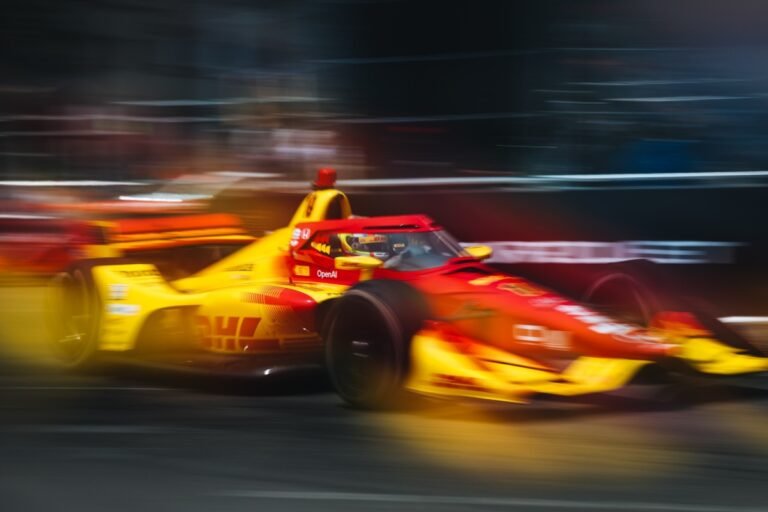IndyCar Series Delays New Chassis and Engine Introduction to 2028
The IndyCar Series has officially postponed its new chassis and engine introduction from 2027 to 2028, as confirmed by a Penske Entertainment spokesperson. IndyCar President Doug Boles has begun informing team owners of this shift, which was initiated towards the end of May.
The delay, while anticipated, is necessitated by incomplete regulations governing internal combustion engine design and an energy recovery system that is still under development. The new spec chassis from Dallara remains on schedule, but leaders from the Chevrolet and Honda engine programs indicated that achieving readiness for new engine rules would require at least 18 months. This timeline pushes engine availability into early 2027, coinciding dangerously with the start of a new season.
The additional year is expected to ensure that the 2028 vehicle will effectively replace the aging Dallara DW12 chassis and the current 2.2-liter twin-turbo V6 engines. However, this extension presents a contractual challenge for the series, specifically in relation to powertrain suppliers. Both Chevrolet and Honda are obligated to supply their current engines through the end of 2026, necessitating a resolution for a gap year in 2027.
Chevrolet, the reigning manufacturers’ champion, is likely to continue with the series in 2028 and address the gap year by developing new engines. In contrast, Honda, the longest-serving engine supplier, has yet to announce its future plans post-2026, including the potential of switching to NASCAR.
Should both manufacturers remain, the status quo would persist into 2027, likely resulting in an engine development freeze after the 2026 season to direct resources toward new engine production for 2028. If Honda departs, Chevrolet would be the sole provider for the gap year.
Penske Entertainment is rumored to be in negotiations with various automakers, including Nissan, Porsche, and Toyota, to attract new suppliers for the next formula. However, no new manufacturers have committed as of yet. The situation is poised to evolve as powertrain regulations are finalized, allowing manufacturers to evaluate the costs and marketing potential of participating in the IndyCar Series.



